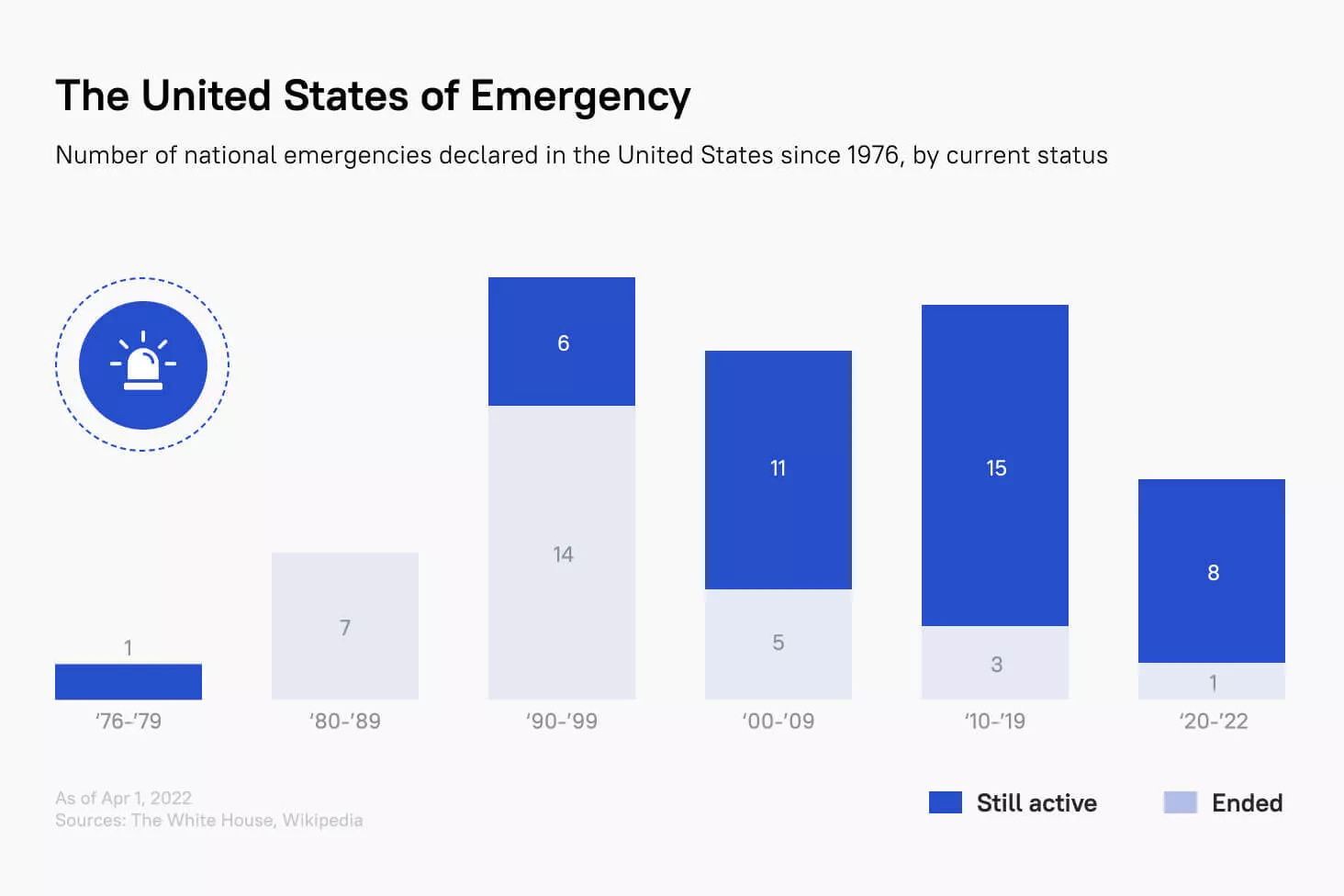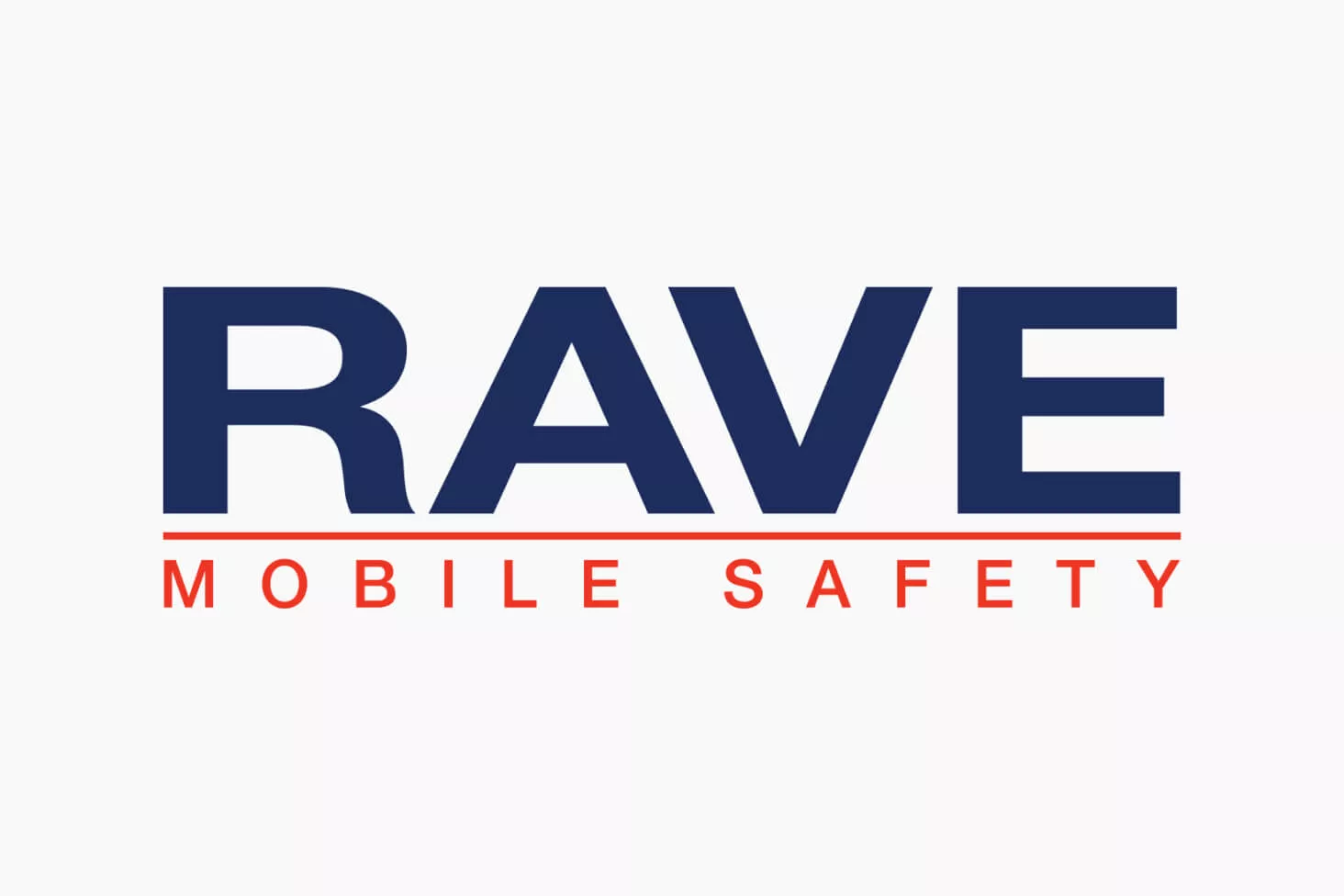
Emergencies and disasters can happen at any time and without warning. So, emergencies can occur on a small scale, such as a car accident, or a large scale. These are natural disasters, such as a hurricane or earthquake. Even war, as we could see in 2022, can come out of the blue for ordinary people. Being prepared to manage these events is essential, and one way to do so is by using an emergency management system software.

Stfalcon has first-hand experience with EMS software. We have developed multiple projects in this niche, including an emergency response system 112 (similar to 991 service in USA). And today, we picked the best highlights from our experience to share with you.
In this article, we will delve into the technical aspects of the Emergency Management System development process, including the discovery, design, implementation, and testing phases. We will highlight the best practices for the success of the project and the future scope of the system.
What is Emergency Management System
EMS software is a valuable tool, especially in such volatile times. It provides a centralized platform for users to collect and spread emergency-related data. This software can assist in tracking resources and allocating them more efficiently.
Additionally, emergency management systems can aid in communication between various agencies. This, in turn, improves the coordination of response efforts. Besides its core functionalities, the EMS software can also aid in emergency planning.
Want a web app that does more?
Let's build a solution that's smart, sleek, and powerful.
Alina
Client Manager

Global Experience and US Cases
Emergencies can pose a serious threat to citizens in the United States. The Maryland Emergency Management System (MEMS) aims to protect citizens from natural disasters, terrorist attacks, and other emergencies. MEMS follows a four-phase cycle: mitigation, preparedness, response, and recovery. The organization has an emergency operations plan with procedures for evacuations, sheltering, etc.
MEMS has programs in place to ensure the state is ready. The first one is Maryland Alert Program for emergency notifications. Another one is Community Emergency Response Team (CERT) training for citizens and responders.
There are several EMS software solutions available in the market. And each system has its unique features and capabilities. Let's take a look at some of the most popular ones.
WebEOC

WebEOC is a SaaS solution. It provides emergency management system software with industry-specific board sets. They can be modified for new use cases. The software’s features include:
- powerful workflows that streamline or automate routine tasks;
- program management;
- situational awareness;
- enterprise continuity;
- mapping capabilities;
- annotations.
Its Alerts function allows users to automate notifications through a variety of channels. The system ensures rapid and secure notification delivery across jurisdictions and disciplines.
A variety of industries can benefit from WebEOC's comprehensive and flexible EMS software.
Veoci

Veoci is a versatile software platform designed for emergency management and everyday operations. It enables real-time tracking of assets, personnel, and weather. It also tracks other vital information to keep all stakeholders informed.
Veoci features:
- Coordinated text, email, and phone communications;
- Real-time tracking of assets, personnel, weather, and other vital information;
- Secure communications, cloud backups, and offline functionality;
- Integrated mass notification capabilities;
- Dashboards that track responses in real-time;
- Follow-up on a second device if the primary device is not responding.
Adashi C&C Incident Command Software

Adashi C&C is a powerful incident management software. It offers features to help public safety agencies manage even large-scale emergencies. Some of the key features of Adashi C&C include:
- Map-based management using ESRI layers, Google, Bing, Pictometry, and Navteq maps, used to provide real-time situational awareness;
- Real-time collaboration tools;
- CAD and RMS integration for automatic data transfer;
- Incident Action Plan to assign resources onto the map;
- Customizable benchmarks and checklists
Adashi C&C is a robust and intuitive incident command software platform. It is a powerful tool for emergency management professionals with a map-based management system.
Navy Emergency Response Management System (NERMS)
NERMS is a web-based emergency management system used by the US Navy. The system provides real-time information on emergency incidents. It is also good for facilitating communication between emergency responders. NERMS can be used to manage incidents such as natural disasters, hazardous material spills, and terrorist attacks.
NERMS has several features, including:
- Emergency notification and alerting;
- GIS real-time services;
- Address verification;
- Real-time incident tracking;
- Resource management;
- Map displays;
- Situation reporting and analysis;
- Messaging and collaboration.
Rave Alert

Rave Alert is another useful ems emergency management system software. It enables quick and reliable communication between organizations and their communities. The software is a FedRAMP-authorized mass notification system. It allows users to send desktop notifications and messages in three clicks.
Some of its key features include:
- FedRAMP-authorized mass notification system
- Sends messages in 60+ languages
- Backed by public safety grade infrastructure
- Easy-to-use interface
- Scalable communication
- EMS Functionality
An EMS is a tool that can improve the efficiency of responding to emergency events. To achieve this, the system must have a strong set of features that allow it to perform at its best.
Data Collection & Storage
One of the key functionalities of an EMS is data collection and storage. The system should be able to collect and store data related to emergency events. This includes incident reports, resource requests, and situational awareness reports. This data can then be used to inform decision-making during emergency events.
Fault Tolerance
Fault tolerance is an essential feature of a standardized emergency management system. Design a system that will continue to operate even if one or more components fail.
Here are some important aspects of fault tolerance in EMS software:
- Redundancy. There should be redundancy built into the system. Thus, in the case of a failure, another component can take over. During an emergency, even the smallest downtime could have a serious impact. To achieve fault tolerance, EMS software often incorporates redundancy at various levels. Use of redundant hardware components, such as servers and network devices. They help to prevent single points of failure. Redundant data storage and backup systems are also essential.
- High availability. Fault-tolerant EMS software should maintain high availability. Thus, the system remains operational even in the event of component failures. Features such as load balancing and automatic system recovery lessen downtime and disruption.
- Failover and disaster recovery. In the event of an EMS failure, failover mechanisms should switch to backup systems. This ensures the continuity of critical functions and services. Disaster recovery strategies are also essential for recovering and restoring the system. These strategies include data replication and off-site backups.
- Load balancing. During emergencies, EMS software may experience increased traffic and demand. Load balancing distributes the workload across many servers or resources. This prevents any single component from becoming overloaded and failing. So, it helps maintain system performance and reliability during peak usage.
- Monitoring and proactive maintenance. This allows administrators to identify and address potential issues or failures. Thus, developers can address these issues before they cause significant disruptions. Automated alerts and notifications can be set up to prompt immediate action.
- Scalability. Fault tolerance goes hand-in-hand with scalability. As the volume of emergencies and data increases, the EMS software should be able to scale up its resources and infrastructure. This will accommodate the growing demands of the system. This scalability helps prevent performance bottlenecks. It ensures that the system can handle the increased workload without compromising reliability.
Communication
An EMS should provide a platform for communication and coordination between emergency responders. Effective communication is vital in emergencies. And a quality system should ease communication and coordination between emergency responders.
Integration
The software integrates with other systems. They include public safety databases, weather monitoring tools, and social media platforms. It is necessary for relevant data gathering and seamless information exchange facilitating.
Mobile and Offline Access
The EMS app should provide offline access to emergency resources. Thus, users can access critical information and perform key functions with limited connectivity. This guarantees that critical information is available when needed. It also ensures the continuity of workflows.
Stages and Cost of Custom EMS Development
The cost of developing an ems emergency management system varies. It depends on the features that you want to include. Generally, the cost ranges from $80k to $200k. But it can go up or down depending on the level of complexity and customization that you need.
The development process consists of several stages. Each stage is critical to the success of the final product.
Discovery phase
In the first stage, you will work with a team of developers to create a detailed plan of what you want your app to do. This involves brainstorming sessions to identify the key features essential to your EMS. Here, you might come up with any additional features that might be useful.
Design
During the design phase, the team will create a prototype of the software. It will also determine the user interface and experience. This involves creating wireframes and designing the layout. At this stage, you will also determine the flow of the app.
UX is a very important aspect of the design stage. In emergencies, time is very important. Your software should be understandable and intuitive for emergency responders to use. They should not waste time trying to find necessary functions. So, it is better to collaborate with them during the design process. The goal is to create a design that supports quick decision-making and actions.
Development
Developers begin building the software once the requirements are clear. This involves writing the software code, integrating various modules, and developing the required features. This process can take several months and involves a lot of coding and testing. Development can be iterative or agile. This allows for incremental progress and continuous improvement from user feedback.
Testing
The developed EMS software undergoes comprehensive testing to ensure its functionality and reliability. The developers need to conduct many rounds of testing. It is to identify and fix any bugs or glitches. This includes:
- unit testing of individual components;
- integration testing to verify the interaction between different modules;
- system testing to assess the overall system behavior.
Performance testing is particularly important for emergency management system software. It must be able to handle heavy loads during emergencies. During performance testing, developers test the software under various simulated loads. It is to ensure that it can handle the expected volume of data and requests during a crisis. The system is tested by generating a high volume of requests, transactions, or data input. This helps measure the system's response times and identify any performance bottlenecks.
Release
Once the software is complete, the developers will work with emergency responders to integrate it into their existing infrastructure. This involves training the staff on how to use the software. It is necessary to familiarize them with the features and best practices of the system.
User documentation is prepared to provide comprehensive reference material and support. Documentation includes user manuals, guides, and FAQs.
Support
After the deployment, the EMS software requires ongoing maintenance and support. Developers check the system for performance and security issues. They also address user feedback and bug reports. At this stage, updates are released to enhance functionality or address emerging requirements.
Regular software updates and periodic system audits are important. They ensure the software remains up-to-date and aligned with evolving emergency management needs.
The EMS software development process is complex and time-consuming. With the right team of developers, like at Stfalcon, you can create a robust and reliable system. A system that will help to respond to emergencies quickly and effectively.
Our Experience
At our company, we have extensive experience in developing custom software solutions. We also have experience in developing EMS software. Our development process involves working with our clients to identify their specific needs. This helps us develop software that meets their requirements.
System 112
One of the projects in this niche we are most proud of is an emergency service we developed for the Ministry of Internal Affairs of Ukraine. 112 is a single unified emergency number that connects citizens to four key services, including fire departments, ambulance, police, and gas emergency services.
For this project, we have developed a complex solution that helps operators react to emergencies as fast as possible. Our team has created a simple and neat interface for operators, integrated governmental databases, Emergency Location Service, IP telephony for real-time voice communication, and videochat support for people with hearing or speech disabilities.
eRaketa
During full-scale war, citizens frequently reported sightings of dangerous objects to the military. Unfortunately, the delays in relaying this information rendered it ineffective.
Stfalcon, experienced in developing life-saving apps, created a new service. It enables individuals who spot missiles or drones to promptly inform the air defense forces for a swift response.
"Shelter!" Telegram bot
The Telegram bot is equipped with an extensive database of shelters in Ukraine. The primary objective is to assist you in locating the nearest safe haven in proximity to your current position within a 5-kilometer radius.
Using this bot is straightforward. There's no need to manually input your current location; simply send your geolocation directly from Telegram. Additionally, you can access step-by-step instructions in the menu on how to select a location.
FAQs About Emergency Management System Software Development
What are the key features that should be included in an emergency management system?
Emergency response management software system should first of all provide real-time situational awareness. So, it should have the functionality of data aggregation from multifaceted sources. That’s why integration with other systems, like public safety databases, and social media platforms, is essential. EMS should also include GIS real-time services, instantaneous updates, and emergency notification and alerting. So, integrated mass notification capabilities are necessary as well as communication channels for a coordinated response. Fault tolerance is a must-have feature of emergency response software. No matter how emergency management is developed, the system should be designed in such a way that it continues operation even if one or several components fail.
What are the best practices for ensuring the security and privacy of sensitive data in an emergency management system?
Securing and protecting sensitive data, one should organize it by categories and risk level and rank it by sensitivity. Then different measures can be implemented for the security of different levels. Data Protection Impact Assessments (DPIA) should be used to detect and assess potential risks. Encryption should be used for the highly sensitive data of emergency response software. Then, even in case of a data breach, chances are low that it’s decoded. However, it should not be the only method. Data masking can also provide an additional level of security. There are also tools to improve data security such as data loss prevention, network segmentation solutions, intrusion detection and prevention systems, VPNs, Firewalls, secure data removal tools, and endpoint detection and response technology.
What are the compliance and regulatory requirements that need to be considered during the development of an emergency management system?
GDPR (General Data Protection Regulation) is a EU set of regulatory requirements obligatory for personal data protection during data processing or transfer. Other regulatory requirements are national, state, local, and territorial incident management systems requirements mandatory to a specific area. Also, during an emergency management system development safety and data security regulations that govern specific industries should be complied with, i.e. transportation, aviation, nuclear, military, medical, healthcare, etc.
Conclusion
Developing an emergency management system software is a complex and challenging process. The software must be reliable, fault-tolerant, and have a strong set of features. It also needs to integrate with other systems and provide offline access to emergency resources.
Stfalcon can help you through every stage of the development process. Our experienced developers can deliver high-quality software solutions that meet your needs.
If you need EMS software or any other customized solution, please feel free to contact us. We are happy to discuss your needs and provide you with a complimentary consultation and a cutting-edge solution afterward.

 Read the full case study
Read the full case study
 Read the full case study
Read the full case study
 Read the full case study
Read the full case study


